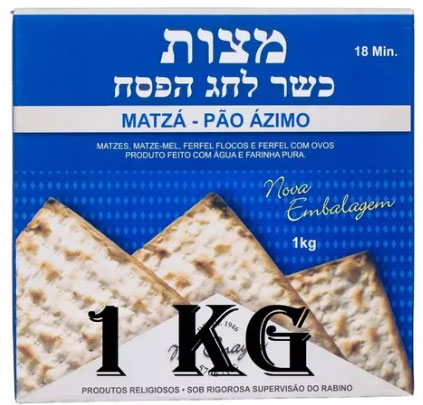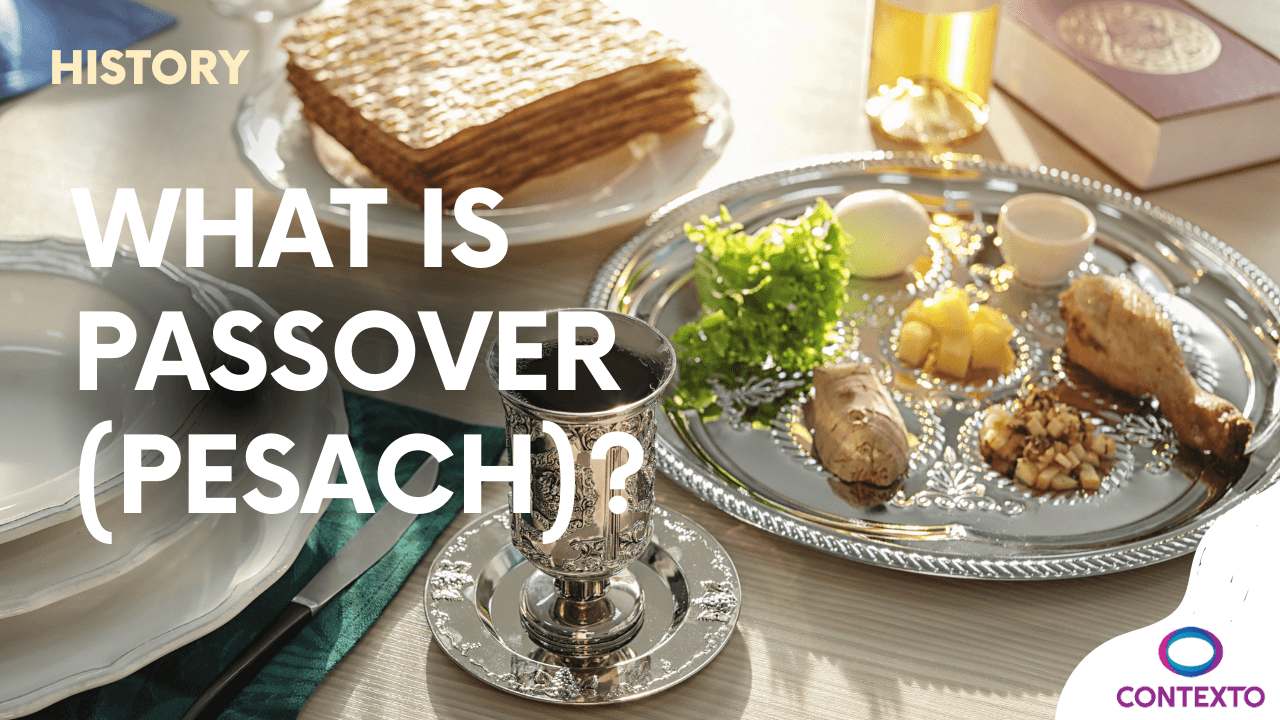Pesach, also known as the Jewish Passover, is one of the most important holidays in the Jewish calendar. Even if you’re not Jewish, you might have heard about it — and wondered what it truly represents.
The Meaning of Pesach
Pesach commemorates the liberation of the Israelites from slavery in Egypt, a key event described in the Book of Exodus in the Torah (the Hebrew Bible). According to Jewish tradition, this took place over 3,000 years ago.
To convince Pharaoh to release the Israelites, God sent ten plagues upon Egypt. The final one, the death of the firstborns, led Pharaoh to finally allow them to leave.
To protect the Israelites, God instructed them to mark their doors with the blood of a lamb. That way, the “Angel of Death” would pass over their homes — which is exactly what Pesach means in Hebrew.
“When the Lord passes through to strike Egypt and sees the blood on the lintel and the two doorposts, He will pass over the door and not allow the Destroyer to enter your houses.”
(Exodus 12:23–24)
The Exodus and Liberation
After the final plague, Moses led the Israelites out of Egypt, beginning the journey known as the Exodus — a foundational moment in Jewish faith that represents freedom and divine guidance.
How Is Pesach Celebrated?
The Duration
Pesach is celebrated for eight days in most Jewish communities around the world, but only seven days in Israel.
Why the difference?
This distinction comes from historical and religious tradition:
- In ancient times, before fixed calendars existed, Jews living outside of Israel (the Diaspora) relied on messengers from Jerusalem to announce the start of each new month. Because there was uncertainty about the exact timing of festivals, the rabbis added an extra day to major holidays like Pesach to ensure they were observed at the correct time.
- In Israel, where the new month could be confirmed directly, only seven days were needed — as prescribed in the Torah:
“Seven days you shall eat unleavened bread…” (Exodus 12:15).
Today, even though the calendar is fixed and globally accessible, Jewish communities outside of Israel continue the eight-day tradition as a way of honoring this ancient rabbinic ruling.
The Seder Dinner
The holiday begins with the Seder, a ceremonial meal held on the first two nights. It’s a time to retell the story of the Exodus, recite prayers, and engage with symbolic foods.
Key Elements of the Seder Plate
- Matzah: Unleavened bread, symbolizing the haste with which the Israelites fled Egypt.
- Maror: Bitter herbs, representing the bitterness of slavery.
- Charoset: A sweet mix of fruits and nuts, symbolizing the mortar used by Hebrew slaves.
Each item plays a role in remembering and reflecting on the story of liberation.
Pesach vs. Easter: What’s the Difference?
Many note that Pesach and Easter happen around the same time, and that’s not a coincidence. According to the New Testament, the Last Supper was a Pesach meal (Luke 22:15).
However:
- Easter celebrates the resurrection of Jesus, as described in the Gospels — “He is not here; he has risen!” (Luke 24:6).
- Pesach celebrates the physical and spiritual liberation of the Jewish people, as recounted in Exodus 12:31–42, where Pharaoh finally lets the Israelites go free after the tenth plague.
The Spiritual Meaning of Pesach
Pesach is more than a historical commemoration. It teaches timeless lessons about:
- Freedom
- Faith
- Remembering your roots
- Gratitude for life’s blessings
It invites both personal reflection and community connection.
Conclusion: Why Learning About Pesach Matters
Pesach is a holiday full of rich symbolism and universal values. Even if you don’t observe it, learning about its origins can help you understand:
- Jewish history and culture
- Shared values across faiths
- The importance of storytelling in shaping identity
Whether through reading the Book of Exodus or having conversations with Jewish friends, exploring traditions like Pesach helps build bridges of respect and understanding.
Read other articles on our website.
Publicidade:











Leave A Comment